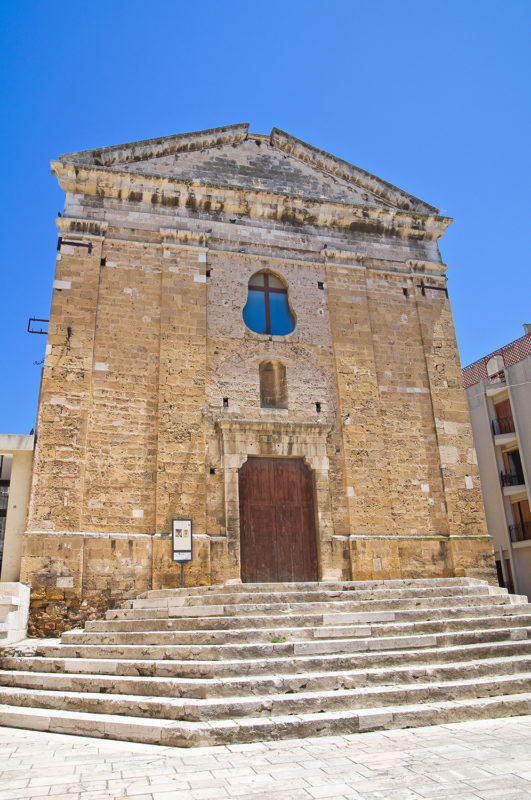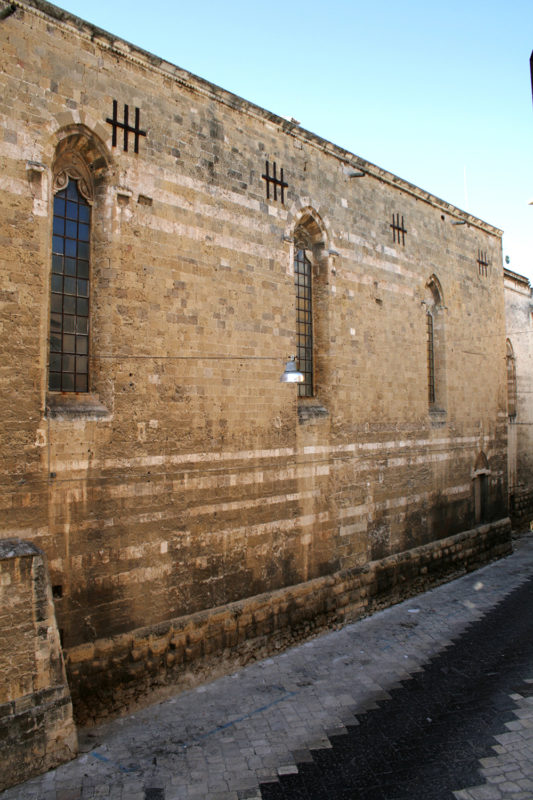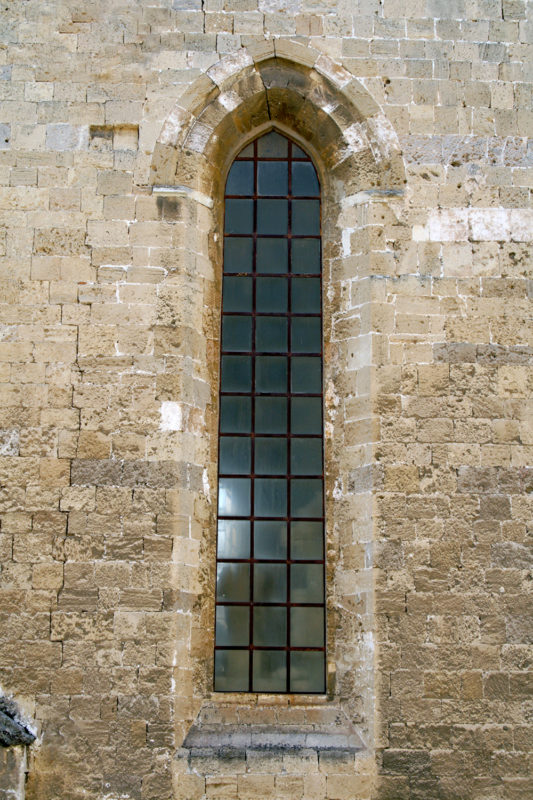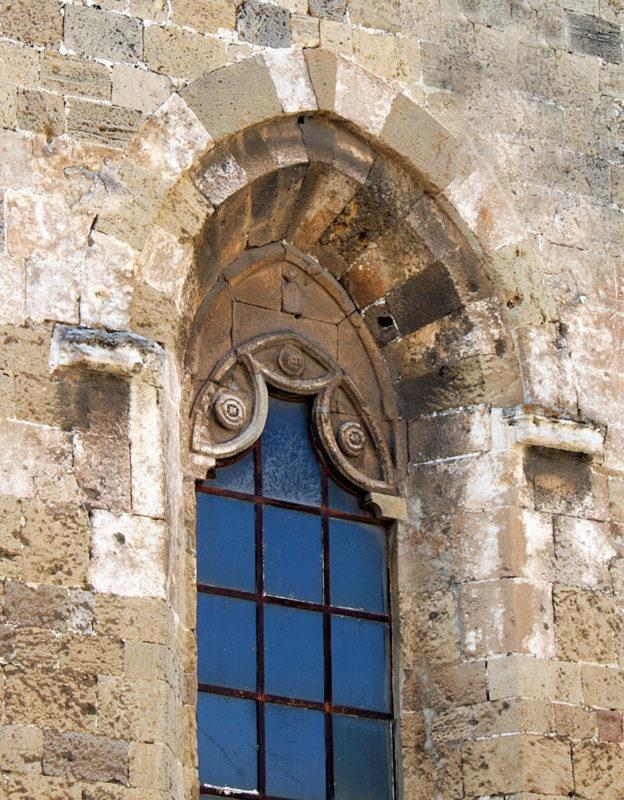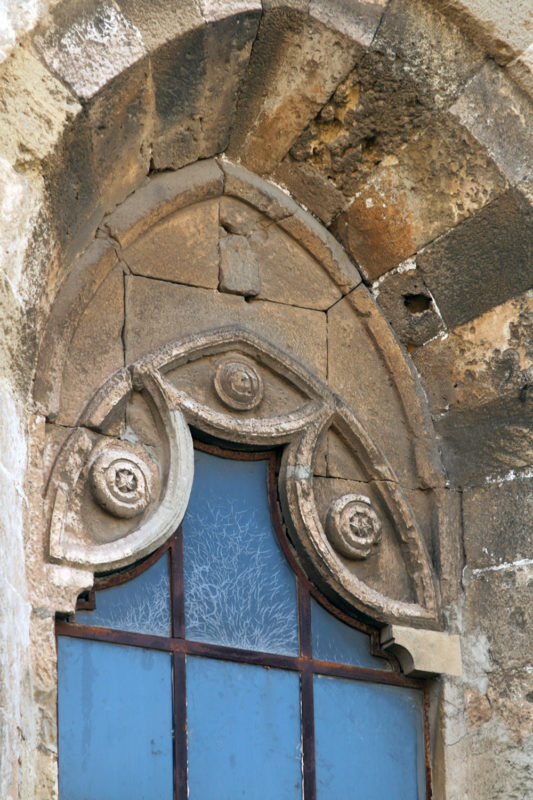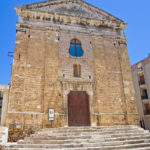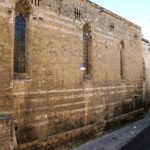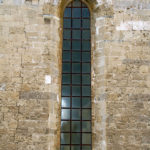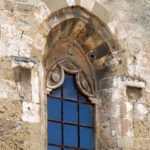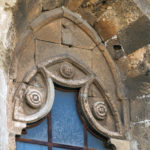The Curch of St Paul the Hermit
The Church of Saint Paolo Heremit stands between the old farmer’s district of San Pietro degli Schiavoni and the other seafaring of the Sciabiche.The Church of Saint Paolo Heremit stands between the old farmer’s district of San Pietro degli Schiavoni and the other seafaring of the Sciabiche. Most probably it was built at the behest of Charles I of Anjou, of Naples, who on 2 March 1284 donated to the local Franciscan community the soil on which it stands. It was finished in 1322, date shown on one of the ceiling beams of the building itself.
The architectural structure, with a single hall and rectangular choir, incorporates the widespread model adopted by various mendicant orders and favored by the friars minor given the absence of visual or auditory barriers listening to the word of God. Remains of the decorations are preserved on the walls paintings that have become ingrained with theories of saints and scenes of Christian piety, today partly hidden by the Baroque altars. Worthy of note is the chapel of San Francesco commissioned by the historian from Brindisi Giovanni Maria Moricino (1558-1628) who in Venice probably modeled the wooden statue of the saint.
In 1505 the ceiling was replaced with today’s truss covering.
The façade was rebuilt as a threat of collapse between 1825 and 1826 and eight meters behind the previous one with the suppression of the first span and the removal of two altars. On the right side, typical of the typical bichromy obtained by the alternation of carparo and Carovigno white stone, a portal opens up surmounted by a cusped protiro.
Strong is the devotion of the Brindisi to the Immaculate Virgin, a spotted statue which was attributed to the escape from the earthquake of February 20, 1743 and, until not long ago, dressed during the year with four different clothes.
The Church of Saint Paolo Heremit stands between the old farmer’s district of San Pietro degli Schiavoni and the other seafaring of the Sciabiche. Most probably it was built at the behest of Charles I of Anjou, of Naples, who on 2 March 1284 donated to the local Franciscan community the soil on which it stands. It was finished in 1322, date shown on one of the ceiling beams of the building itself.
The architectural structure, with a single hall and rectangular choir, incorporates the widespread model adopted by various mendicant orders and favored by the friars minor given the absence of visual or auditory barriers listening to the word of God. Remains of the decorations are preserved on the walls paintings that have become ingrained with theories of saints and scenes of Christian piety, today partly hidden by the Baroque altars. Worthy of note is the chapel of San Francesco commissioned by the historian from Brindisi Giovanni Maria Moricino (1558-1628) who in Venice probably modeled the wooden statue of the saint.
In 1505 the ceiling was replaced with today’s truss covering.
The façade was rebuilt as a threat of collapse between 1825 and 1826 and eight meters behind the previous one with the suppression of the first span and the removal of two altars. On the right side, typical of the typical bichromy obtained by the alternation of carparo and Carovigno white stone, a portal opens up surmounted by a cusped protiro.
Strong is the devotion of the Brindisi to the Immaculate Virgin, a spotted statue which was attributed to the escape from the earthquake of February 20, 1743 and, until not long ago, dressed during the year with four different clothes.

